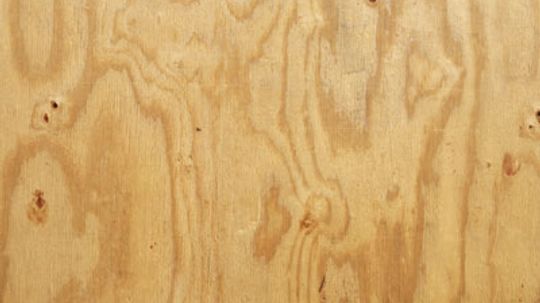With its widespread usage in construction and various other industries, plywood has become an indispensable material that continues to shape our built environment. This article aims to delve into the multifaceted nature of plywood, exploring its origins, applications, and advantages over alternatives such as oriented strand board (OSB).
A Brief History and Composition
Plywood traces its roots back to ancient Egypt, where it was used for constructing furniture and boats. Today, it remains a popular choice due to its durability and versatility. Composed of thin layers or “plies” of wood veneer glued together with adjacent layers having their grain rotated by 90 degrees, plywood gains strength from this cross-grain configuration.
Unmatched Applications
Plywood’s adaptability allows it to be utilized in a wide range of projects across different industries. From residential homes to commercial buildings, this building material finds extensive use in flooring systems, roofing structures, wall sheathing, cabinetry construction, furniture manufacturing – the list goes on. Its ability to withstand heavy loads while maintaining structural integrity makes it particularly suitable for demanding applications.
Advantages Over Oriented Strand Board (OSB)
In comparison with OSB – another engineered wood product often used interchangeably with plywood – there are several key advantages that make plywood stand out. Firstly, plywood exhibits superior dimensional stability due to its cross-laminated structure which reduces warping or swelling caused by moisture changes. Additionally, plywood offers greater resistance against splitting or splintering when fasteners are applied compared to OSB.
Furthermore, plywood’s aesthetic appeal and smooth surface finish make it an ideal choice for applications where appearance matters. Whether it’s exposed in cabinetry or used as a base for decorative finishes, plywood provides a visually pleasing result that OSB cannot match.
Conclusion
In conclusion, the enduring popularity of plywood can be attributed to its remarkable versatility and numerous advantages over alternatives like oriented strand board (OSB). From its ancient origins to modern-day construction projects, this essential building material continues to play a vital role in shaping our physical environment. As we move forward, it is certain that plywood will remain an integral part of the ever-evolving world of design and construction.


